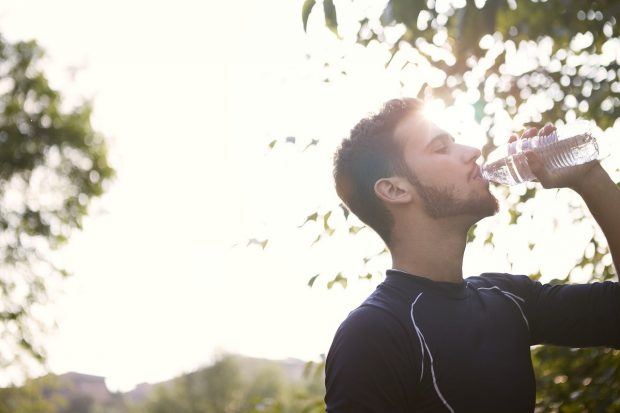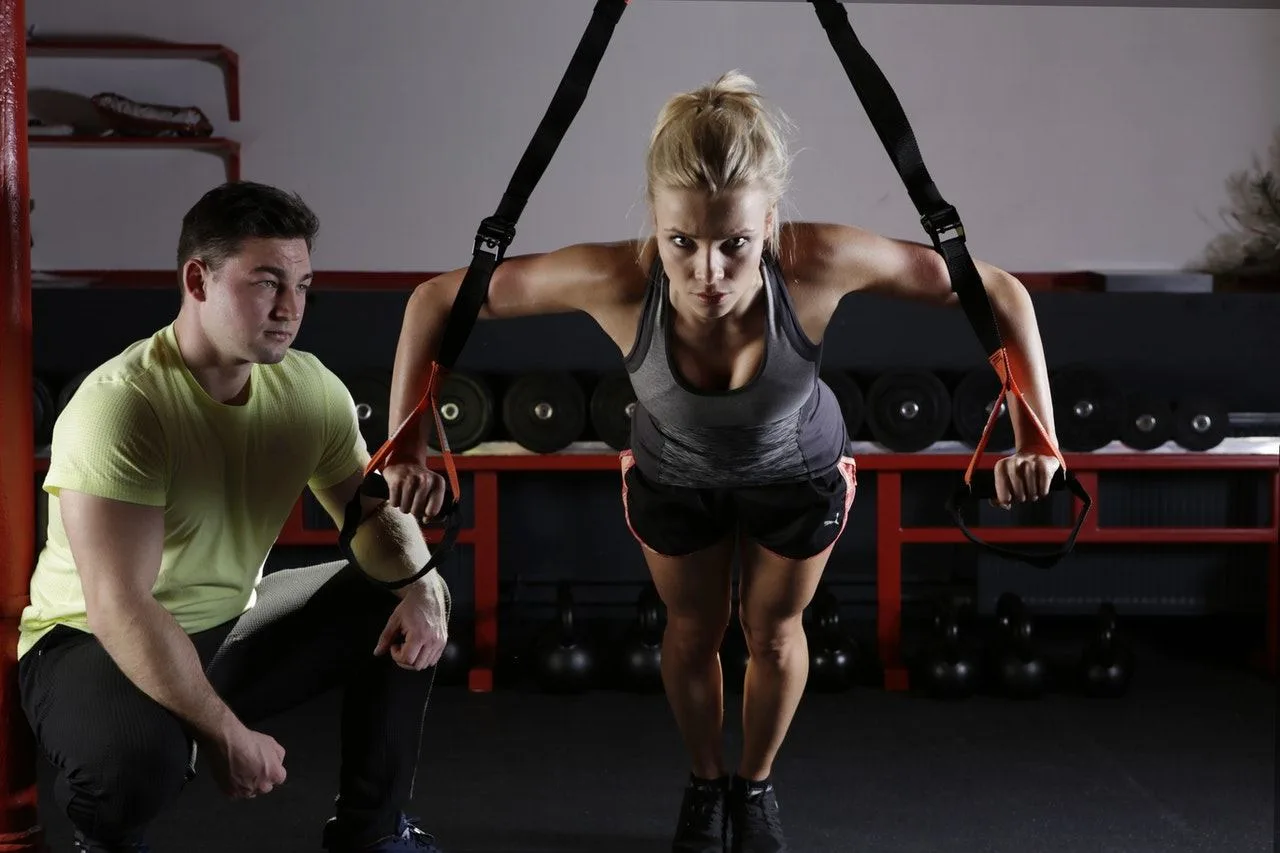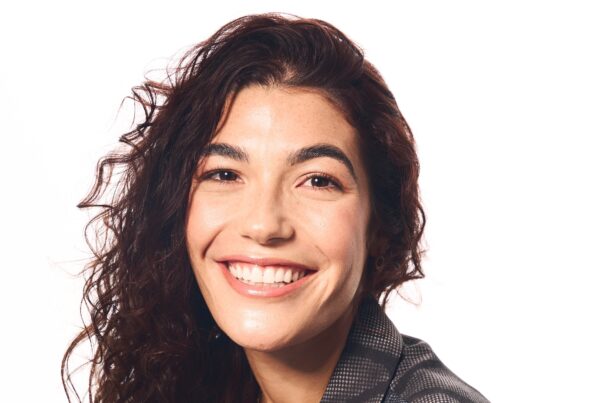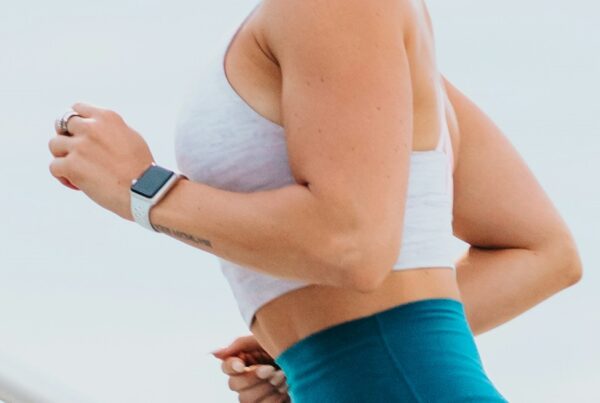Before, during, and after exercise, you will usually wonder what you can do to best elevate your daily life and fitness goals to increase performance. There’s no such strategy as a “one size fits all” approach; everyone is different in this sense. You must figure out what works best for you through experimenting with your training.
There are, however, some basic guidelines that can help you remove a lot of the guesswork and learn how to prime your body for workouts, so you achieve peak performances regularly.
Maintaining A Fitness Journal
It’s vital to keep track of your progress from the onset to see how far you’ve come and where you are headed. When you own a daily journal of how you’re doing, it shows precisely the practical things you’re doing and what you need to improve.
But remember, if you keep too big a journal, you won’t be able to take it with you when you go out. However, a journal gets too small, and you might forget about it or not have enough space to write. So instead, please keep track of your progress by downloading an app or writing it down in your notes.
Hence, apps like MyFitnessPal and My Calorie Counter come in handy for keeping an eye on your calorie consumption and exercise while you’re out.
Get Adequate Rest
Knowing when to stop working out is just as essential as knowing when to keep going. Your body can’t get back to its best shape if you don’t take enough time off between workouts and games, which your fitness journal can help you figure out.
Credible research shows that the body’s response to inflammation and the secretion of hormones that help build muscle may be slowed by not getting enough sleep. As a result, some athletes have been able to cut back on or stop taking NSAIDS for exercise-related pain while getting better sleep, thanks to CBD oil and other natural supplements.
Add Supplements to your Routine
While your food should always be your primary source of essential nutrients, taking the right supplements might help you gain that competitive edge. Doctor-approved compounds such as macronutrients, protein powder, or fat supplements like conjugated linoleic acids should be crucial elements of your fitness program.

Photo by Andrea Piacquadio from Pexels
Make an appointment with your doctor to discuss which supplements are best for you. Furthermore, the National Institutes of Health’s Office of Dietary Supplements provides a series of Vitamin and Mineral Fact Sheets that provide scientifically-based overviews of various vitamins and minerals and can serve as an excellent starting point for a conversation with your doctor.
Engage in the Right Exercises
Before you start training, it’s critical to figure out which workout is best for your body and needs—otherwise, you’ll be wasting your time! Then, create functional routines (possibly with the help of a trainer) that target the proper muscles while reducing the risk of injury.
Several research-backed and elite-level strength training apps for sportsmen and women that you can download from Google Play or the Apple Store. Each workout is part of your customized training plan, which outlines precisely what you should do in the gym to prepare for your sport. Some are free, while others cost a small amount with a free trial period and include videos, tutorials, and coaching signals.
Remember, the human body has several survival mechanisms to keep us in shape. However, if you try too hard to push its limits, you may end up interfering and causing more harm than good.
Eat Healthily
Any food you put in your body should align with your workout goals. Your health and how well you do at work will be directly influenced by the food you put into your body. So get help from a sports nutritionist to ensure your food is healthy enough for a champion!
Brendan Brazier, a former Ironman, talks about nutrition in his Ted Talk, “Find your athletic edge.” He talks about how nutrition plays a significant role in athlete performance. He says a plant-based diet is better for you than eating many calories and processed food.
Also, add calories to “body cooperative” amounts and let your fat stores make up the rest. The body can do this easily without any struggle. 240 to 300 calories per hour will do the job for most athletes, but it will depend on the intensity. Lighter athletes may get by with 180-200 calories per hour, while more prominent athletes may want to eat a little more than 300 calories per hour.
Work Out with a Partner or Group
To help you stay on track, share your fitness goals with a friend. It also helps to have a healthy sense of competition that can push you to new heights in your workouts. It can also be more entertaining than going to the gym alone.
A great way to find workout groups in your area is to look them up. Most communities have fitness groups, hiking groups, and groups that play sports games to get people to team up with others with a common goal.
Make Hydration A Priority
Drinking enough water can be one of the most important things to do for the best athletic performance. This is because H2O moves essential nutrients and waste through your body, allowing your fascia (connective tissue) to work well.

Photo by Andrea Piacquadio from Pexels
Sports dieticians have a Fact Sheet that can help you figure out how much water to drink and how much water you lose while exercising.
Conclusion
If you don’t make sure your physical performance is at its best, you might never know your full potential or worse; you might get hurt. When muscles hurt, they can be mild or completely torn. To improve your fitness level, you might need to spend more time researching.
The best approach to getting the most out of your workout time is to follow these seven performance optimization tips, maintain a healthy diet, and get a good night’s sleep regularly.
Who is the author?
 Rebecca Smith is a full-time content marketing specialist. She has been closely studying the CBD industry trends for quite some time. She worked for various domains before coming to the cannabis industry. Currently, She is working with Cbdfx.
Rebecca Smith is a full-time content marketing specialist. She has been closely studying the CBD industry trends for quite some time. She worked for various domains before coming to the cannabis industry. Currently, She is working with Cbdfx.
References
https://www.my-calorie-counter.com/
https://ods.od.nih.gov/factsheets/list-VitaminsMinerals/
https://www.sportsdietitians.com.au/wp-content/uploads/2015/04/Fluids-in-sport.pdf



![women [longevity live]](https://longevitylive.com/wp-content/uploads/2020/01/photo-of-women-walking-down-the-street-1116984-100x100.jpg)










